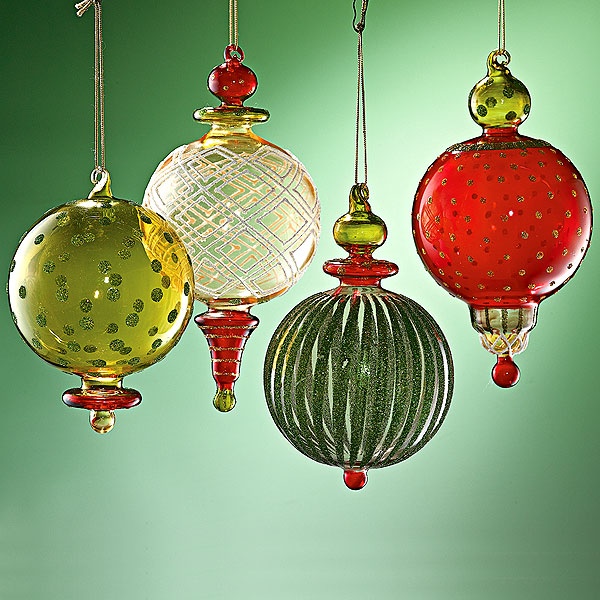Introduction
In the heart of winter, a familiar transformation takes place. Homes are adorned with twinkling lights, evergreen wreaths grace doorways, and the scent of cinnamon and spices fills the air. It’s the enchanting time of year when the traditional Christmas aesthetic comes to life, invoking feelings of warmth, nostalgia, and timeless charm. In this article, we embark on a journey through the cherished traditions and decor that define the traditional Christmas aesthetic, exploring its enduring appeal and significance.



A Nostalgic Palette: Red, Green, and Gold
The traditional Christmas color palette serves as a cornerstone of the aesthetic. Rich reds, deep greens, and shimmering golds are the hues that paint the canvas of holiday decor. These colors have deep-rooted symbolism in Christmas tradition:
- Red: Symbolic of the blood of Christ, red is a color of deep religious significance during the Christmas season. It is the color of love, sacrifice, and the warmth of the hearth.
- Green: Evergreens have been used in winter celebrations for centuries, representing life amid the cold, barren season. Green also symbolizes hope and renewal.
- Gold: The radiant glow of gold mirrors the splendor of the Star of Bethlehem and is a symbol of divine light and guidance.



The harmonious combination of these colors forms the foundation of traditional Christmas decor, adorning everything from ornaments and wreaths to stockings and ribbons.
Ornaments: Treasures from the Past
Ornaments are the jewels of the Christmas tree, and in the traditional aesthetic, they tell a story of generations past. Hand-blown glass baubles, delicate figurines, and intricately crafted angels are cherished heirlooms passed down through families. Each ornament holds a memory, a sentiment, or a tradition, making the tree a living timeline of Christmas celebrations.



The origins of Christmas ornaments can be traced back to 16th-century Germany, where trees were adorned with fruits, nuts, and candles. Over time, these simple decorations evolved into the dazzling array of ornaments we know today. Glass ornaments, in particular, gained popularity in the 19th century, with companies like the German firm Lauscha leading the way.
The Iconic Christmas Tree: A Symbol of Renewal
The centerpiece of the traditional Christmas aesthetic is undoubtedly the Christmas tree. Its origins can be traced to medieval Germany, where evergreen trees were brought indoors to symbolize hope and life during the cold months. The tradition gained popularity during the Victorian era when Queen Victoria and Prince Albert were depicted with a decorated Christmas tree, influencing the adoption of the tradition throughout Britain and beyond.



The Christmas tree embodies the concept of renewal and rebirth. Its evergreen branches remain vibrant and lush, even in the harshest winter, serving as a reminder of the enduring spirit of life. Decorating the tree with lights, ornaments, and tinsel is a cherished ritual, a moment of togetherness that marks the beginning of the festive season.



Garlands and Wreaths: The Welcome of Christmas
Garlands and wreaths are symbols of hospitality, extending a warm welcome to all who enter our homes during the holiday season. These decorations have their roots in ancient Rome, where wreaths were worn as symbols of victory and honor. Today, they adorn doorways and mantels, evoking a sense of invitation and festivity.
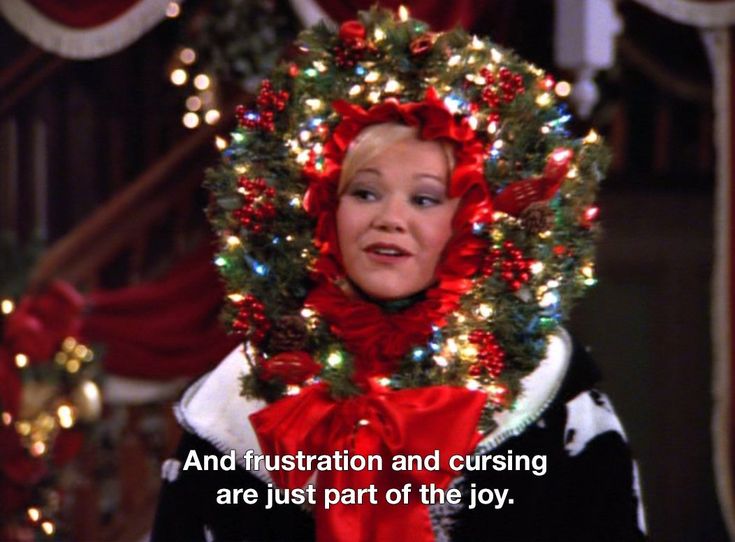
Evergreen garlands, often adorned with red bows and golden accents, are draped along banisters and mantelpieces, infusing the home with the scent of pine and the spirit of the season. Wreaths, traditionally made from evergreen branches, holly, and berries, symbolize unity and the circle of life.
The Nativity Scene: A Sacred Depiction
At the heart of the traditional Christmas aesthetic lies the nativity scene—a sacred and symbolic representation of the birth of Jesus Christ. This timeless tradition dates back to the 13th century when St. Francis of Assisi created the first nativity scene to convey the story of the birth of Christ to his followers.

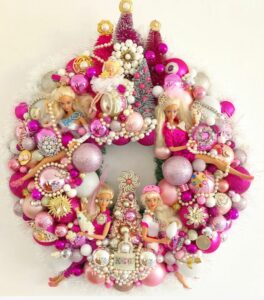

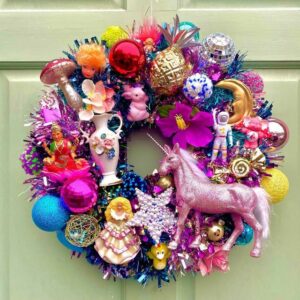
The nativity scene typically includes figures of Mary, Joseph, the baby Jesus, the shepherds, the Wise Men, and angels, all gathered around the manger. These figures serve as a visual reminder of the religious significance of Christmas, encouraging reflection on the miracle of Christ’s birth.
Candles and Lights: Illuminating the Spirit of Christmas
Candles and lights have been integral to Christmas celebrations for centuries. Their warm, flickering glow symbolizes the light of Christ, dispelling darkness and bringing hope to the world. In the past, candles were placed on Christmas trees, but today, electric lights have taken their place, allowing for safer and more elaborate displays.
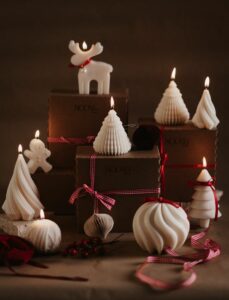


The tradition of lighting an Advent wreath—a circular wreath with four candles, each representing a week leading up to Christmas—remains a cherished practice in many households. The lighting of each candle represents the anticipation and preparation for the birth of Jesus.


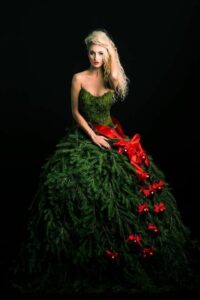

A Time for Giving: Stockings and Gifts
The act of giving lies at the heart of the traditional Christmas aesthetic. Stockings, often hung by the fireplace, represent the humble beginnings of gift-giving traditions. According to legend, St. Nicholas, the inspiration for Santa Claus, left gifts in the stockings of three poor sisters, forever establishing the tradition of stockings as receptacles of joy and surprises.
Gifts, beautifully wrapped and placed beneath the tree, symbolize the gifts of the Magi to the baby Jesus. The act of giving reflects the spirit of generosity and love that defines the Christmas season.


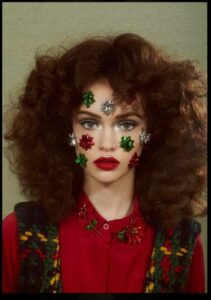
Conclusion
The traditional Christmas aesthetic is a celebration of time-honored customs, rich symbolism, and enduring charm. It is a reminder of the values and traditions that unite generations, fostering a sense of togetherness and continuity. As we immerse ourselves in the familiar sights and sounds of the holiday season, we rediscover the beauty of tradition, the warmth of nostalgia, and the enduring magic of Christmas. It is a season that invites us to embrace the timeless charm of the past and carry it forward into a future filled with hope and goodwill.
The Secrets of the Dark Blue Aesthetic: A Comprehensive Exploration
Mastering the Kuromi Aesthetic: Essential Tips and Tricks
Unveiling the Elegance of Dark Heart Aesthetic

